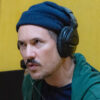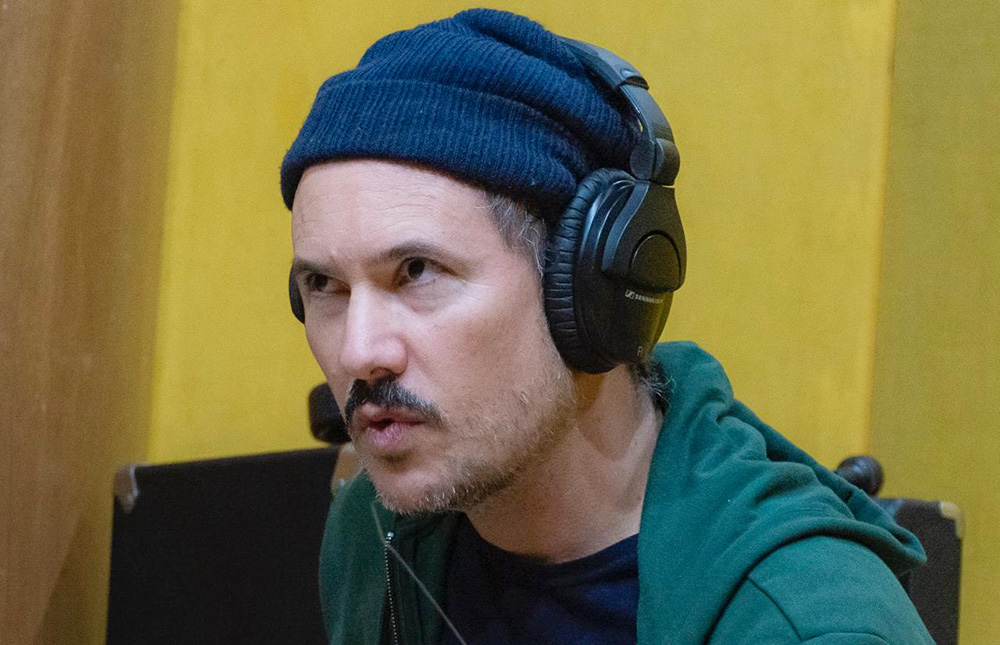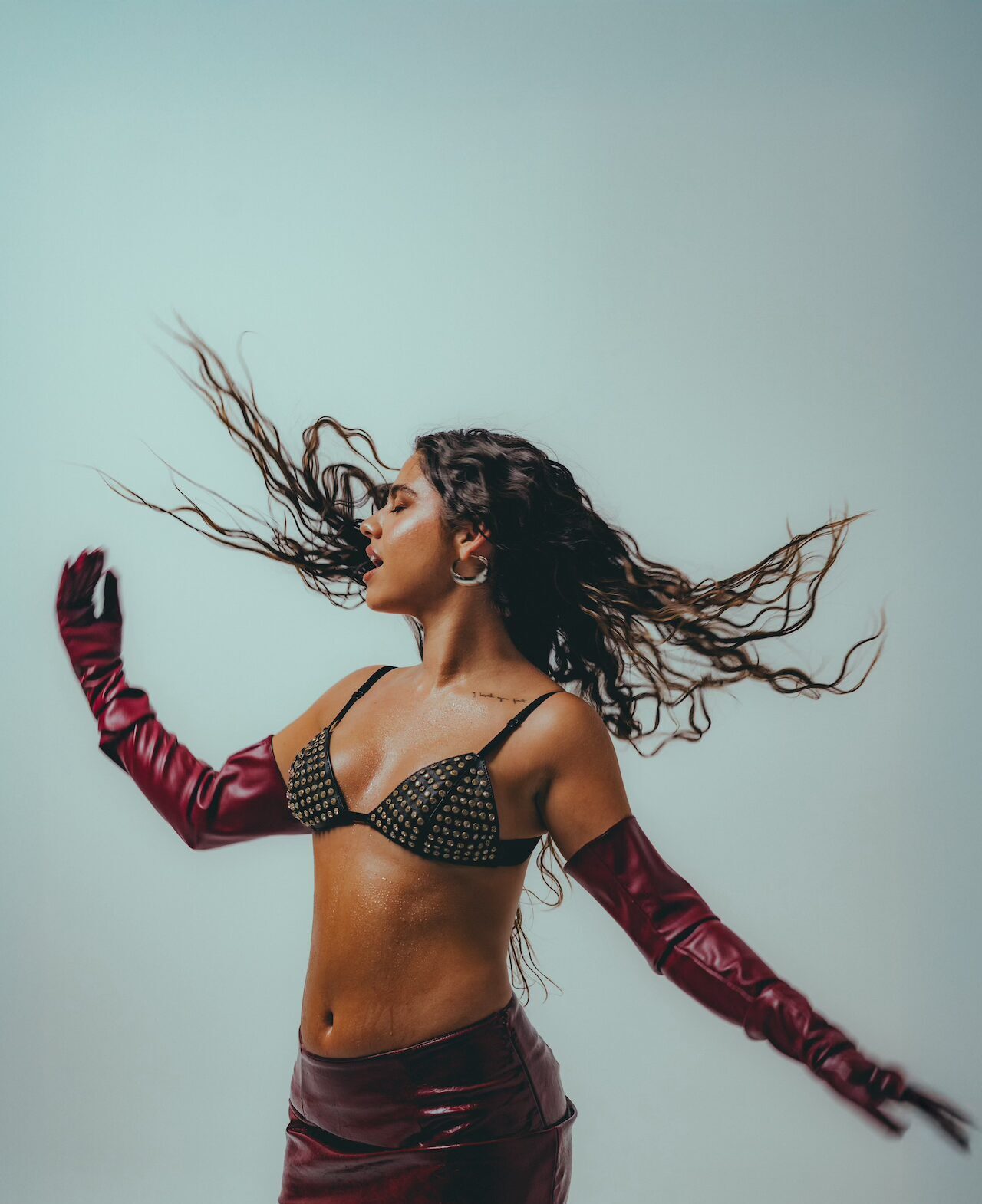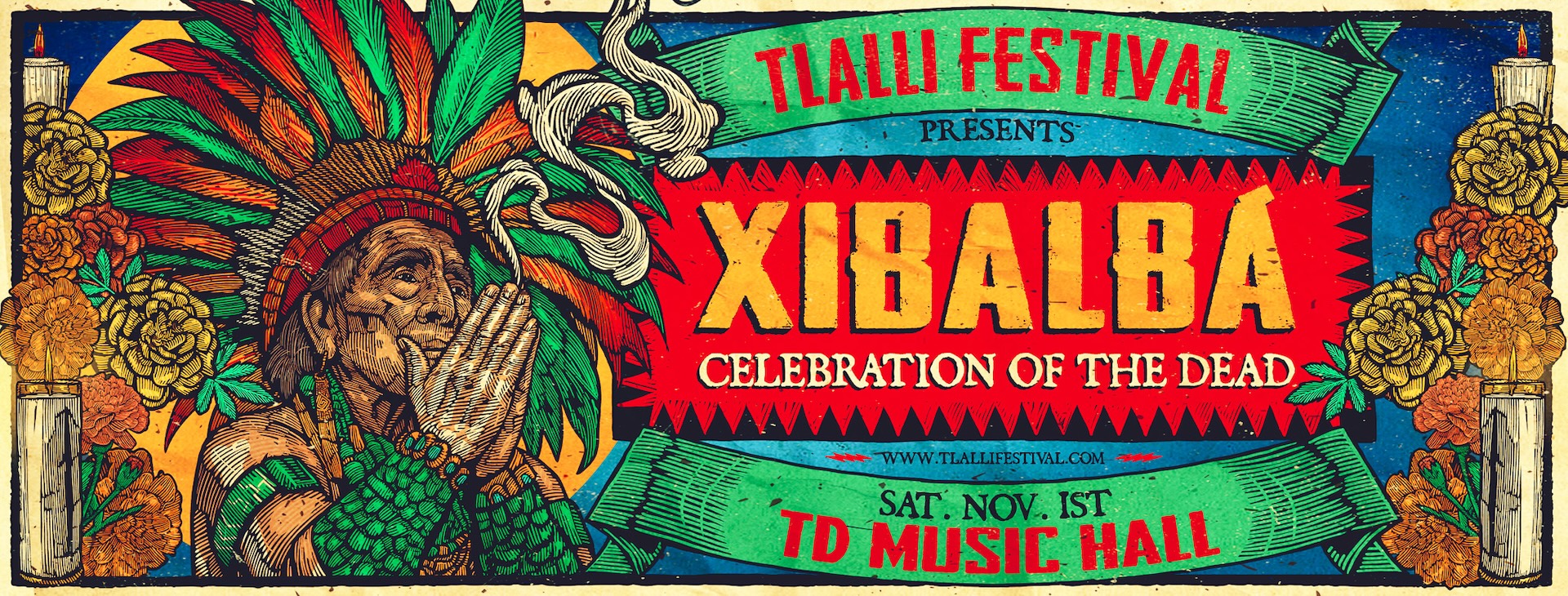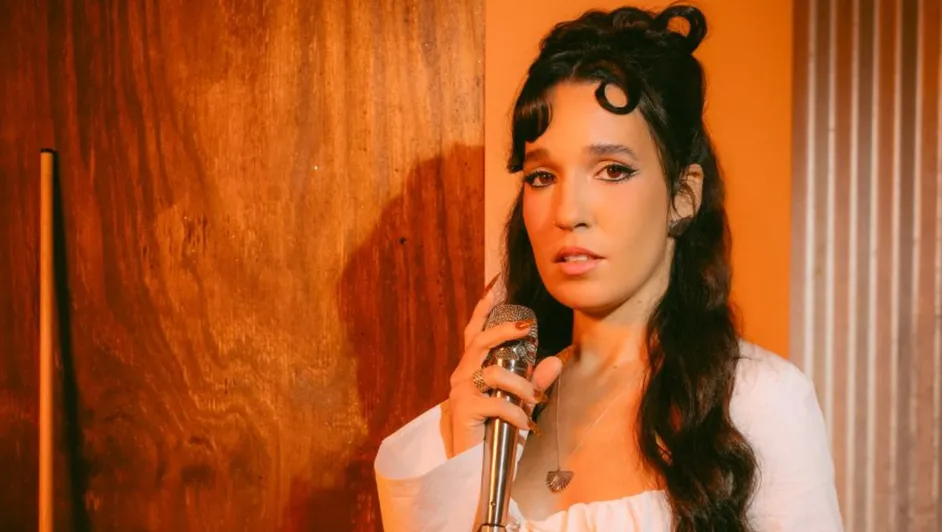From the so-called folklore inspired by provincial cultures to the tango that once took over the big cities, from the vibrant rock of yesteryear to the pounding urban music that dominates the market today, Argentina has a musical history full of crossovers. And it is in this field of mixture between the new and the old, between the emerging and the traditional, that local electronic music has excelled. Electronic music in Argentina has become a global genre, capable of merging everything, uniting the opposite and giving new life to the past. The Argentine electronic music scene has experienced a remarkable growth over the last four decades, evolving from niche underground parties to massive international festivals. Today it remains one of the most distinctive scenes in the world.
Electronic music began to emerge in Argentina in the 1980s, but it wasn’t until the early 2000s that the genre started to break into the mainstream. Since the second half of the 1990s, the Argentine electronic music scene experienced a fundamental breakthrough, driven by a new generation of DJs — key figures like Dero, Hernán Cattáneo, Diego Ro-K, Carlos Alfonsín, Zuker, Javier Bussola, Aldo Haydar and Carla Tintoré. Also, the Urban Groove collective played a crucial role in cultivating the scene, while clubs such as The Age of Communication, Morocco, Ave Porco, and Pachábecame iconic points of this emerging culture. The first local raves held at Parque Sarmiento — known as Underground Park — embodied the raw, rebellious spirit of the time, helping lay the foundation for the explosive growth of Argentina’s electronic music scene in the following decade.
Pioneering DJs like Hernán Cattáneo, whose international rise was emblematic of Argentina’s growing presence in global electronic music, played a key role in this transition. In the early 2000s, his success helped put Argentina on the map for high-level electronic music. As one of the most internationally recognized DJs, Cattáneo brought legitimacy to a local scene that continued to grow. In line with this development, Buenos Aires became a hotspot for international DJs and electronic music festivals, from Creamfields to MUTEK.
Electronic tango fuses the traditional with the modern, reflecting Argentina’s dynamic musical evolution. At the forefront of this movement is Bajofondo, a collective founded in the early 2000s by Argentinean Gustavo Santaolalla and Uruguayan Juan Campodónico to bring a new sound to the urban life of the Río de la Plata. Bajofondo’s music carries the essence of tango — its melancholy, sensuality, and dramatic flair — while incorporating trip-hop, ambient, and dance beats. Their groundbreaking album Bajofondo Tango Club (2002) marked a pivotal moment, revitalizing the iconic sound of tango, with its rhythms and orchestral arrangements, and propelling this project into the global electronic music scene. They proved that electronic tango is not merely a remix of the past but a fresh expression that honors tradition while pushing boundaries. Their collaborations range from legends like Gustavo Cerati to rising rappers like YSY A.
Commendable electronic music label that raised the flag of digital cumbia, ZZK Records is now a cultural platform that includes record releases, music and art showcases, films, and multimedia projects that explore the intersection of education and entertainment. But there’s a story behind all this, a story that dates back to late 2006, when Grant C. Dull, Guillermo Canale and Diego Bulacio began shaping the Zizek party series in Buenos Aires. Preceded by Festicumexand Dick El Demasiado’s experimental cumbia performances, Zizek Club quickly gained popularity under the umbrella of an avant-garde sound: bastard pop. This hybrid mixes electronic music, hip-hop and dancehall with Latin rhythms such as cumbia and reggaeton. In 2008, ZZK Records was born to capture an underground scene of artists exploring electronica’s hypnotic beats and cumbia’s joyful sounds. The first compilation ZZK Sound: Vol. 1 includes names that would become emblematic of the label: Chancha Vía Circuito, King Coya, El Remolón and Faauna.



